The Ultimate Guide On How to Revive An Ailing or Dying Cordyline Shrub
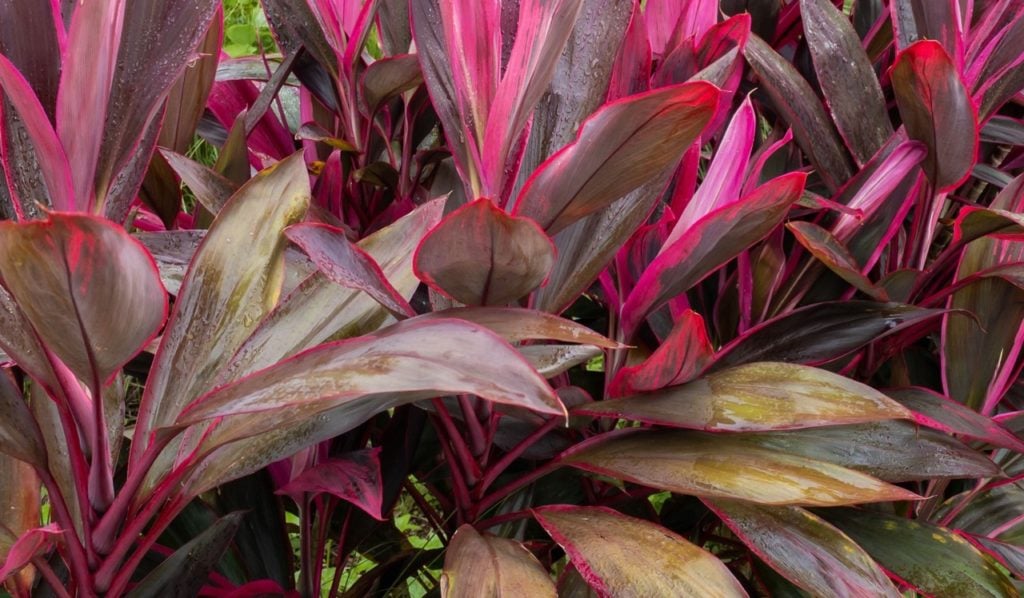
Table of Contents
It feels terrible when you have cultivated and taken good care of your plant, but it dies for unpredictable reasons. However, if you think that just because your plant looks dead, you should bury it down and get a new one. Then stop and at least check once for any signs. You would be surprised that your plant might still have some life left. And there’s no harm in trying to resurrect your decaying Cordyline Australis.
Cordyline plants have regenerative powers. So, start figuring out how and why it got damaged and take appropriate action accordingly. And, you never know, with just some extra care, it may return to life, healthy and blooming.
So, here are some great ways to revive a dying cordyline and give it a longer life.
How to Revive a Dying Cordyline? [Step By Step Guide]
1. Check Whether Your Plant Is Dead
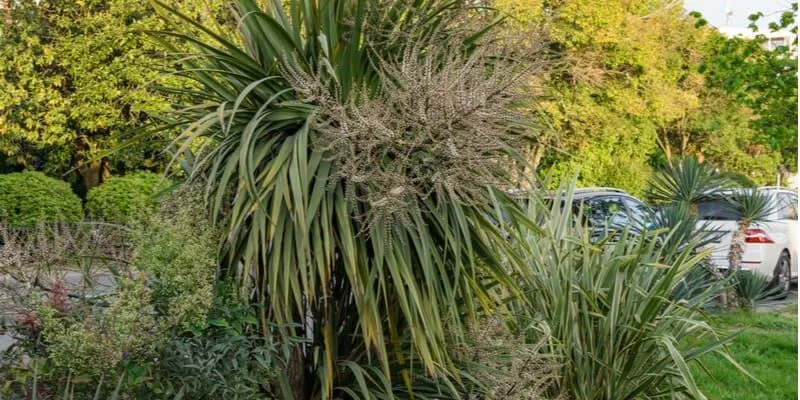
First, to establish how to revive a dying cordyline, look closer at its stems and roots to see whether it’s gone or just damaged. If the roots are firm and flexible and the stems are still greenish on the inside, there’s a good chance that your Cordyline is breathing and can be revived. Next, remove the brittle leaves, feed and water the plant, and put it in a shady spot to protect it from excessive heat or cold. However, if the stems and roots feel squishy and fragile, your plant is likely dead, and it’s time to get a new one.
2. Determine the Cause
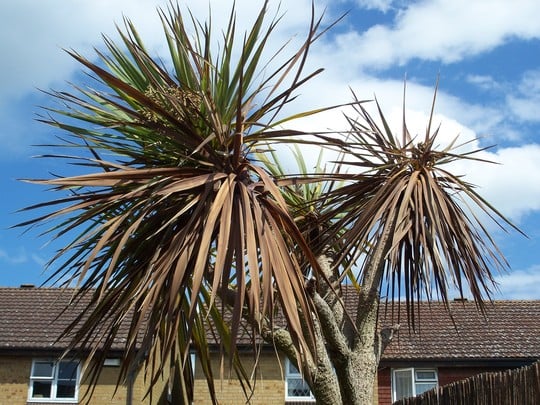
As discussed above, your plant could be dying for many different reasons. So, it’s very crucial to figure out why it is happening. Check everything, from the soil to the leaves; did the leaves turn yellow, how much water did you pour, any signs of pests or diseases, and whether it’s protected from extreme humidity or frosty weather? Once you have figured out the issues, the next step is understanding how to revive a dying cordyline. Nevertheless, if you are still struggling with determining the problem, it’s better to call an expert and take a second opinion.
3. Move It to a Warm and Humid Space
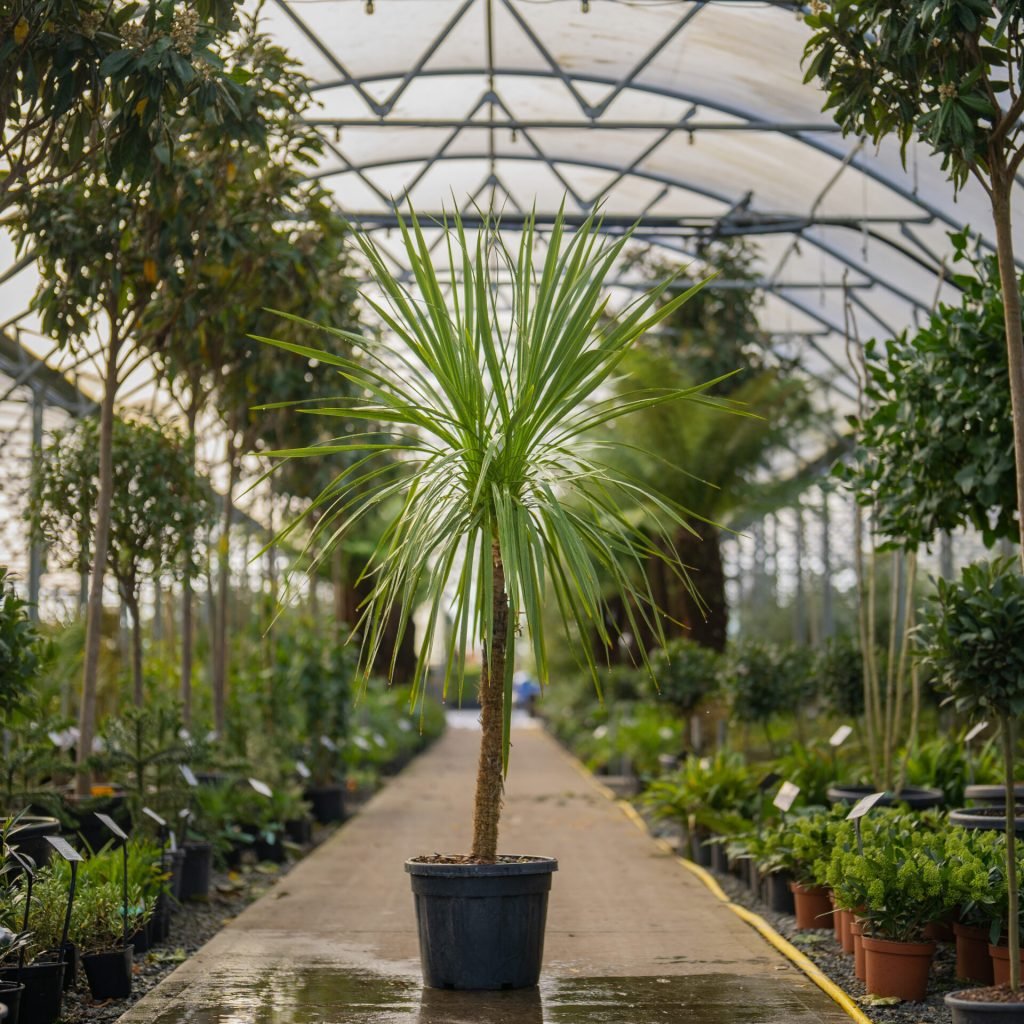
Some plants require sun exposure, while others grow better in covered places. You can do a quick Google search or visit your nearest nursery to determine your plant needs. If the Cordyline is dried out, just watering it wouldn’t work. Please place it in a damp spot away from the sunlight so that it can retain its moisture and get back to its feet. However, if you can’t move the plant, cover it with a blanket or fleece jacket to protect it from direct sunlight or the frosty weather. Another scenario is that your plant might not get enough light to grow. So, rather than keeping it inside in a closed room, take it outside and let it soak in the sun.
4. Trim the Dead Foliage
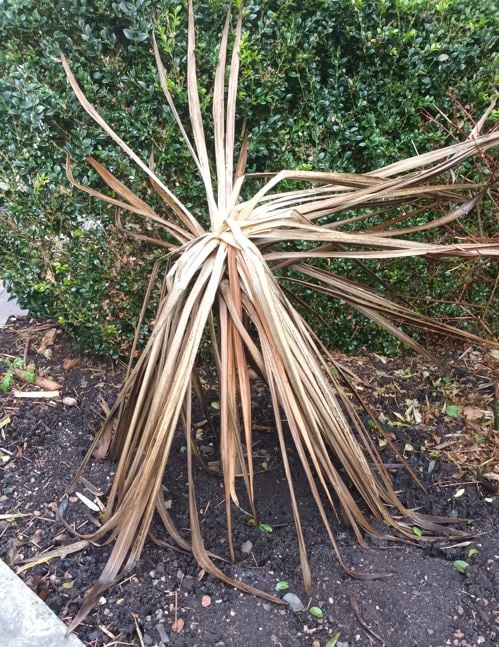
This step is very significant if you want your ailing plant to survive. Remove all the dried leaves and branches from the plants that have changed colour or look dead. It’s preferred that you use your hands to remove the leaves, and for the thicker stem, use a knife or pruning shear (scissors used for plants). By scraping off the dead area, you are allowing your plant to regrow into a healthier and flowering one. A small tip, if you cannot differentiate, do a scratch test, i.e., scrape the upper layer of the leaf with your fingernail. If the foliage is still greenish, it is alive and doesn’t require trimming.
- ✂【Pruning Shears】: Use Japanese SK-5 Steel blade is super durable and sharp enough. Fully...
- ✂【PVC coated】: The low friction coating helps the blade slide through wood, prevents the...
- ✂【Ideal for cutting stems and light branches: the easy-to-open lock protects the blade during...
5. Watering Just the Right Amount
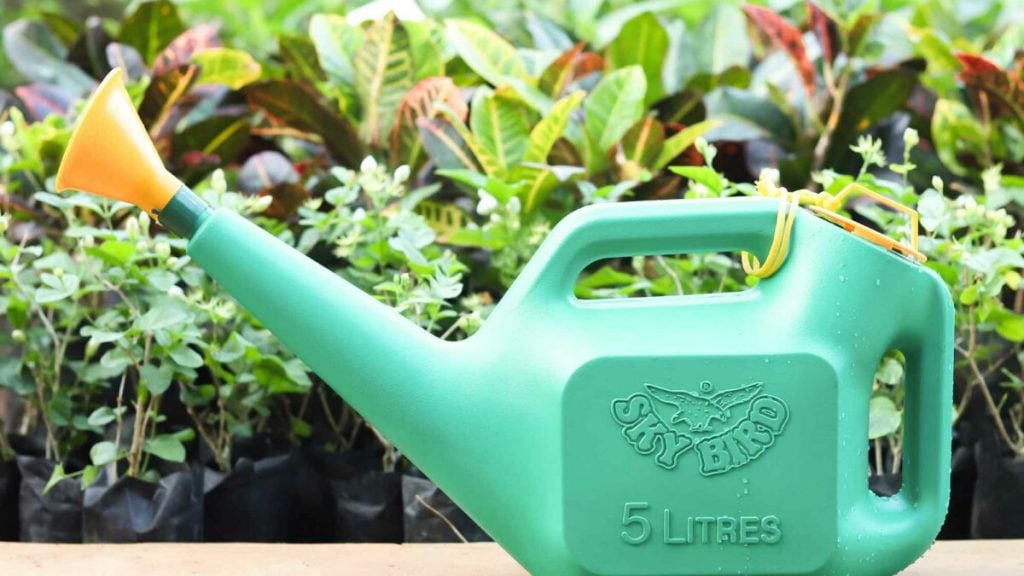
By checking the soil, you can determine whether the plant needs to be watered more or is suffering from an excess of it. If the mud has hardened, cracked and dried out, it requires more water. You can opt for bottled or filtered water to increase the chances of your plant’s recovery. Later, don’t forget to water your plant frequently so that the soil remains damp but doesn’t drown in it. If the ground feels wet but hasn’t been watered for days, the problem is overwatering or a poor drainage system. Stop drenching the plant and let it dry off. Drill a small hole in the pot’s side to check for drainage. Once the soil has dried, resume watering it, and you will notice the leaves gradually regaining shade.
- 10L CAPACITY : The watering Can has a capacity of 6L, allowing great water storage, saving you hours...
- ROBUST AND HARDWEARING PREMIUM MATERIAL: This watering can is made of weather resistant plastic,...
- STYLISH: Our watering can is not only convenient and simple to use, but also very stylish, with a...
6. Replanting It
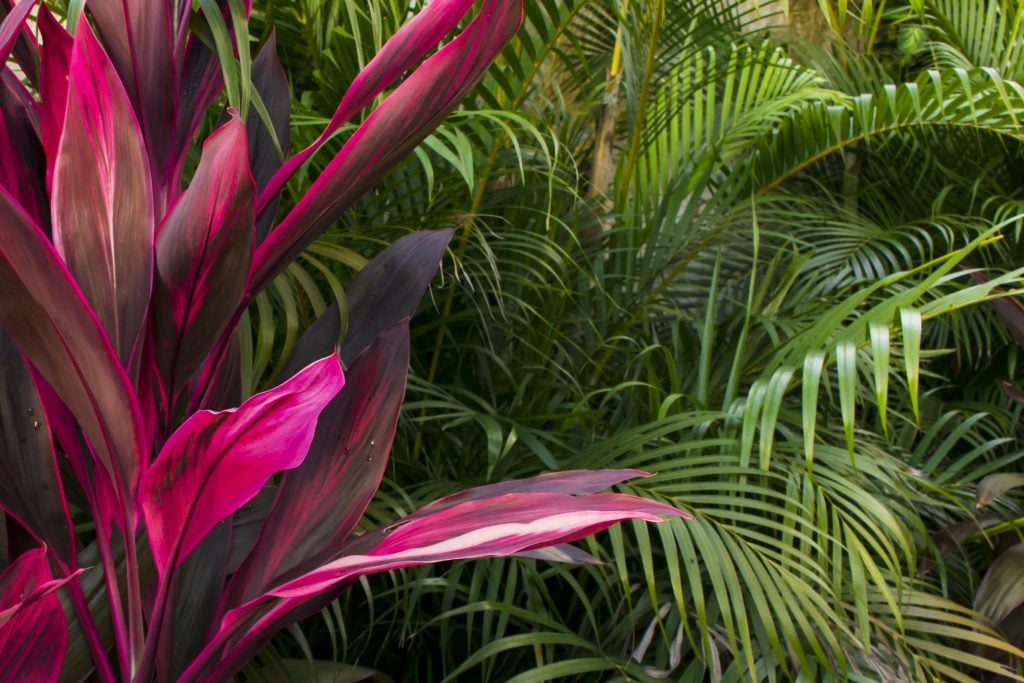
If your Cordyline is dying from excess water, or you see more roots than soil, it’s time to repot the plant. It will give your plant a new and more suitable soil base with an opportunity to investigate the roots. If the roots are brightly coloured and don’t feel squishy, you can replant them. However, the root system of the plant is surely damaged if they have changed its shade to brownish-yellow and feels mushy. In such a scenario, scout the damage carefully through your fingers. The more broken roots you find, the slimmer the recovery chances become. If you still choose to replant the Cordyline, snip away all the damaged roots and water it in a maintained fashion.
7. Providing a Good Feed to Your Plant
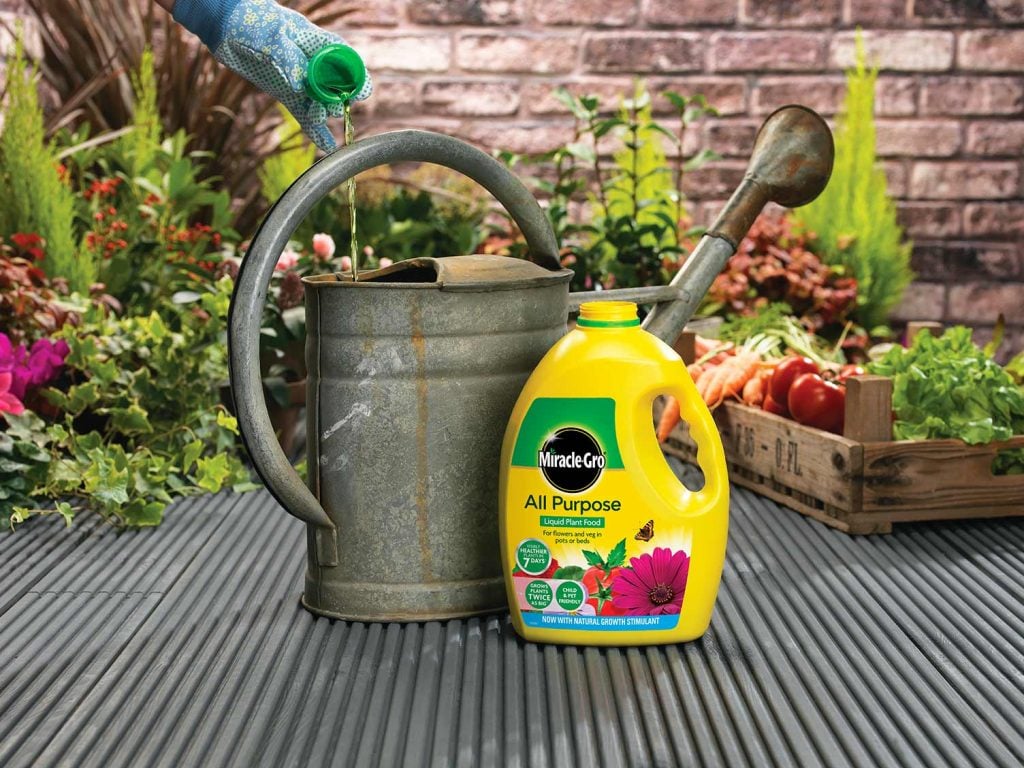
The lack of nutrition can lead a plant to its salvation. Hence, look for signs of nutrient deficiencies like discolouration, weak stems, crooked leaves and diminished height. Accordingly, feed your plants with standard fertilizers to cultivate them properly and stay nurtured. Choosing the wrong fertilizer or adding too much fertilizer can burn your plant. So, opt for organic fertilizer to keep the plants from getting unneeded chemicals. Or, find a water-soluble fertilizer, put it in a watering can and sprinkle the plant with nourishment.
8. Monitoring the Plant
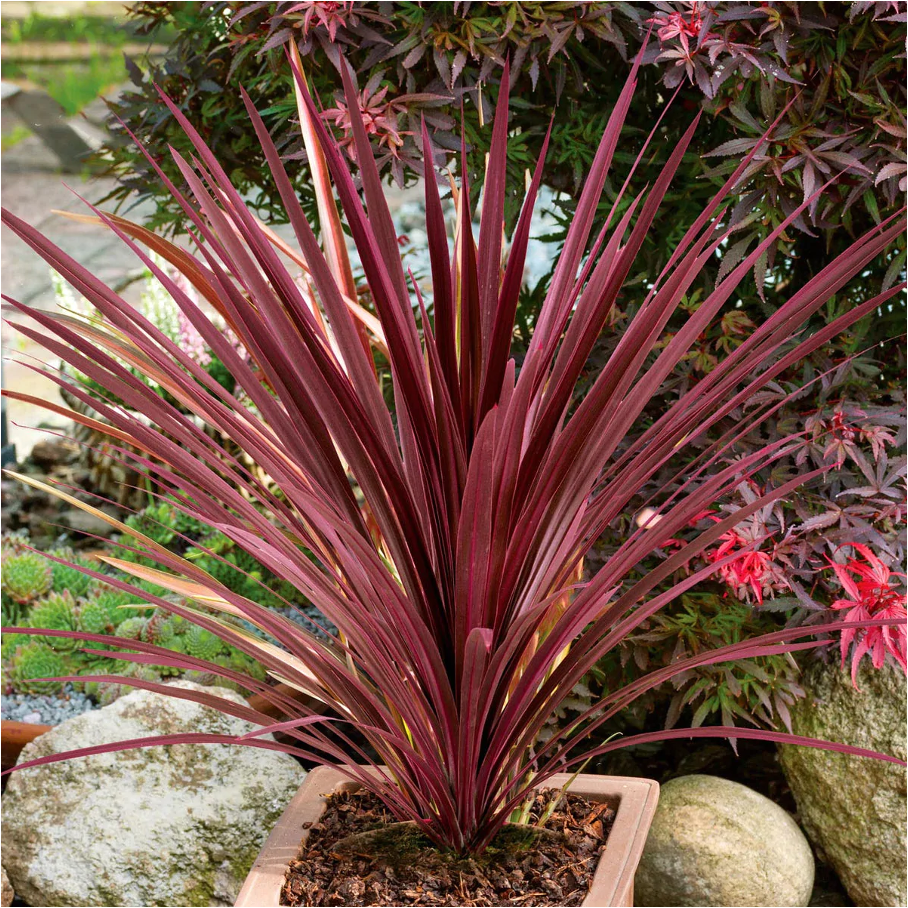
One of the best ways to revive a dying cordyline is to keep an eye on it. People must understand the problem first to avoid rushing into fixing it, causing further damage to the plant. Always detect the issue first, and take adequate action accordingly. And resurrecting a plant wouldn’t happen overnight, so stay patient, nourish it, and monitor its progress. Check whether the plant needs more sunlight or a darker spot, and place it suitably. Look out for pests and diseases, and if found any, treat them immediately. Give your Cordyline enough time to heal and transform into a healthier version
9. Using Preventives
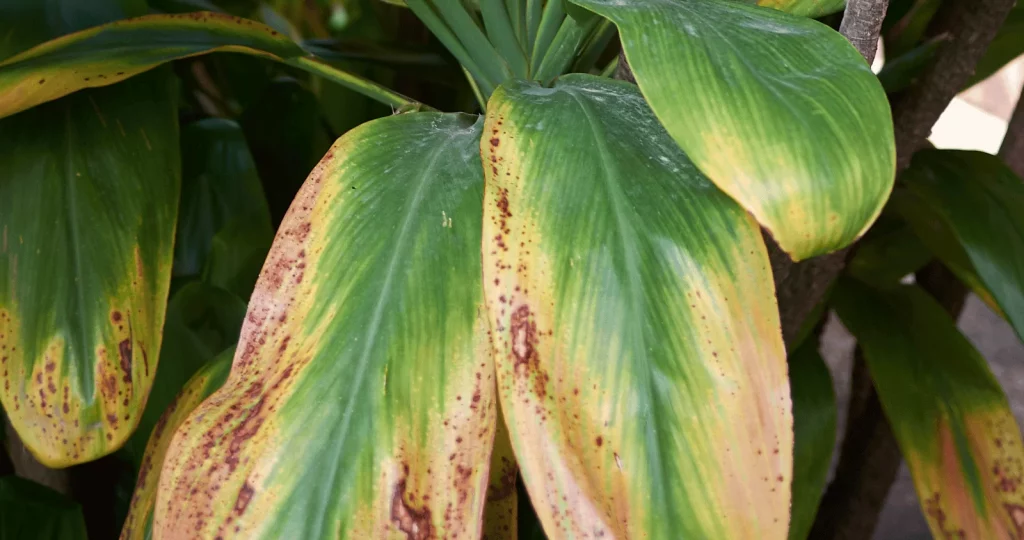
When drenched in water for too long, cordylines can develop severe fungal infections. Some of the common diseases that Cordylines suffer from are- Phytophthora (brown, irregularly-shaped borders), Armillaria (discolouration of leaves), Fusarium Leaf Spot (reddish-brown spots in elliptical form) and Versicolor Wilt (fungus affecting the vascular system of the plant). Identifying the symptoms and treating these diseases is significantly important so your plant stays alive. Using fungicides as preventives is the best way to limit infections your plant suffers.
- Suitable for organic gardening
- For Powdery Mildew, Fruit Scab, Rust, Leaf Spot and more.
- Bee & Ladybird friendly
10. Protection from Pests and Bugs
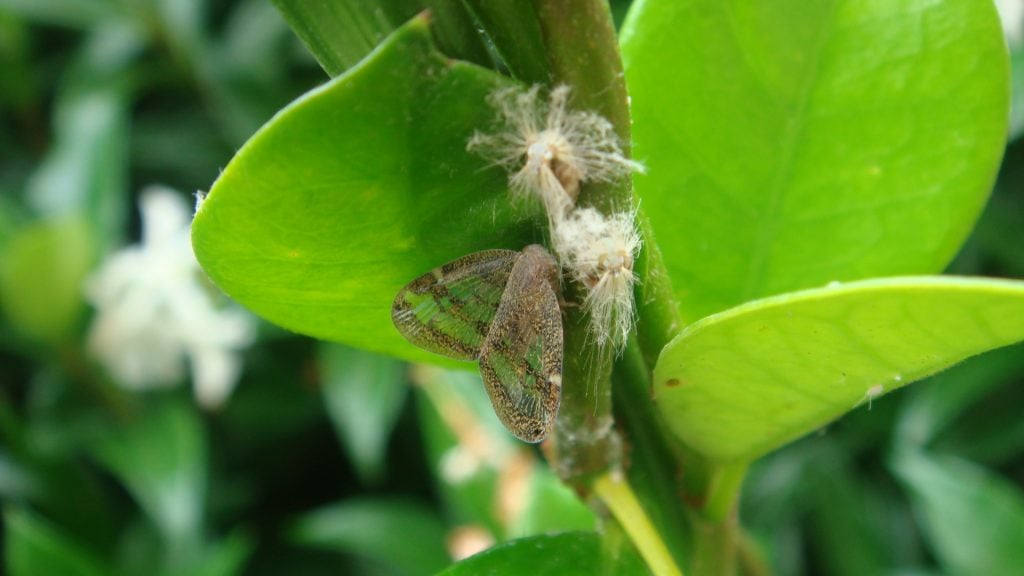
Pests are like the worst tumour a plant can get. And these shrubs have so many places for the bugs to hide. Now, when asked how to revive a dying cordyline from pests? Start with checking the signs of pests. Look out for curled-up leaves, irregular growths, stained or disfigured leaves, and any holes or visible bugs on the plant’s leaves. A mild soap solution in water can protect your plant from all these pests and bugs. A pro tip, discover how these pests came in the first place and what precautions should be taken to avoid them in future. For example, is there a dirty plate nearby, or does the environment need to be cleaner?
Why is Your Cordyline Dying?
Cordyline Australis is a sub-tropical shrub with colourful green or purple leaves. It’s one of the most reliable and easy-to-grow plants in the UK. So, let’s find out some reasons why your plant is dying.
- Cordyline grows best in deep, well-drained, and moist soil, one of the first things to look out for in your dying plant. You can quickly do a soil pH test through the pH tester probe, which is readily available.
- Another reason could be excessive sunlight or significantly colder temperatures that may harm your plant. Of course, you can always use plant covers for added protection.
- There is also a possibility that you are not watering your plant enough or overflooding it. Always check, before watering, whether the soil is moist or not.
- Plants may acquire leaf problems like discolouration or diseases. Immediately cut down the dead stems, keep them hydrated, and apply preventives to save them from further infections.
- 📌【Upgrade 5-in-1 Modes】📍 Testing what situation of your garden or lawn is growing,and you...
- 📌【Accurate and Durability】📍This soil tester is more accurate , the deviation range is...
- 📌【Large LCD Display 】📍 This Soil Tester has a large LCD screen to easily display all the...
- Frost Protection: Use Henrycares garden fleece to protect your plants/flowers and vegetables against...
- Get Rid of Insects Animals or Birds: Cover this garden fleece on your favourite plants and crops to...
- Anti-UV Material: 2.5mm thickness, which is UV stabilized and reusable, an ideal for summer in...
- Systemic protection and control of blackspot, powdery mildew and rust
- Use on roses and other flowering or ornamental plants
- Protects new growth and protects plants for over 3 months, when used at intervals recommended in...
Concluding Thoughts
Cordylines are one of those self-sufficient plants that require minimum maintenance and irrigation. So, when understanding how to revive a dying cordyline, building up a good water balance, and providing healthy feeds and care, will allow it to live longer. Many times the solution is often as simple as letting the plant absorb some sunlight or instead need shade from hotter or colder weather, and it does the trick.
Don’t lose hope; these tactics may work wonders for your plant. And, with just a little push and attention, your Cordyline may be able to breathe again.
Tell us in the comments below which method you found most helpful in restoring your plant.
Frequently Asked Questions (FAQs)
What is Frost Damage to Cordyline?
Frost damage can cause stains or browning of the leaves. If caught early, you can protect your Cordyline from winter damage. Otherwise, it is severe enough to kill your plant.
How Much Sunlight Do Cordylines Require?
To grow properly, the cordylines should be kept in sunlight for up to four hours daily. After that, they can be placed in either half or full shade.
Is Cordyline an Indoor or Outdoor Plant?
Cordyline is a decorative plant that grows beautifully inside your house or outside the garden. The choice is yours.
Do Cordylines Grow Back?
Yes, Cordylines can regrow from the ground or the new buds produced from the existing trunk.
The Leaves of My Cordyline Are Going Brown, What Should I Do?
If the edges of the Cordyline have turned yellow or brown, you have overflooded the plant and should instantly stop watering it. If the whole leaves change colour, the plant is dehydrated, and you should pour water into it.
Can You Cut and Replant a Cordyline Australis?
Yes, if your Cordyline grows up to be quite large or gets damaged, you can prune it, and it will produce new sprouts very quickly.
How Often Should You Water Cordyline?
Newly planted cordylines in containers should be watered regularly during their first summers but kept dry in winter.








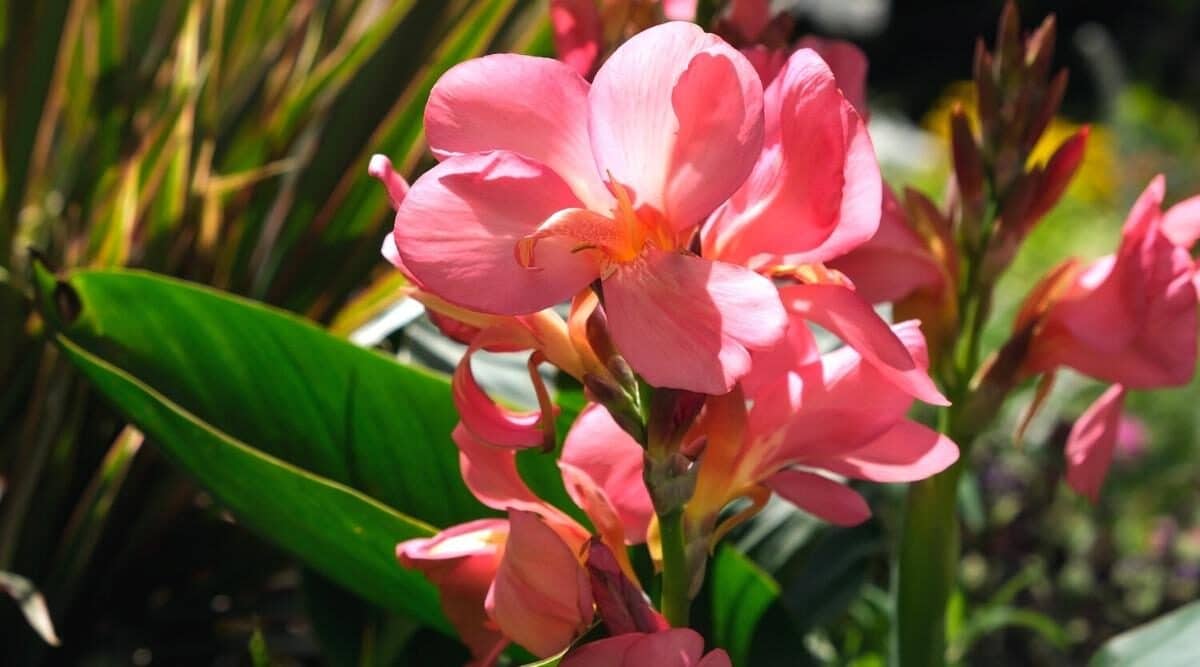
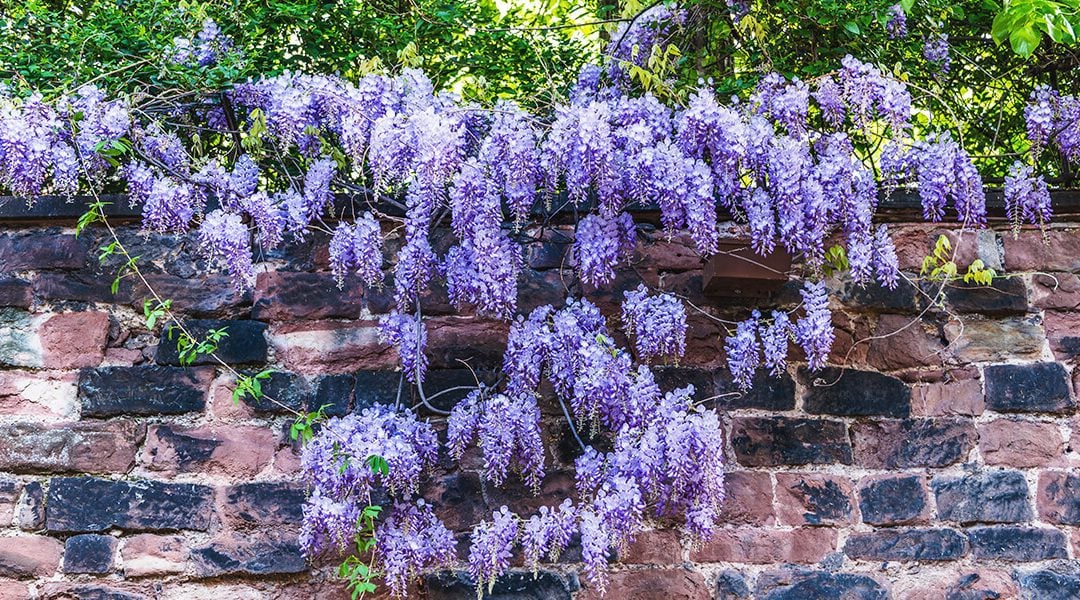
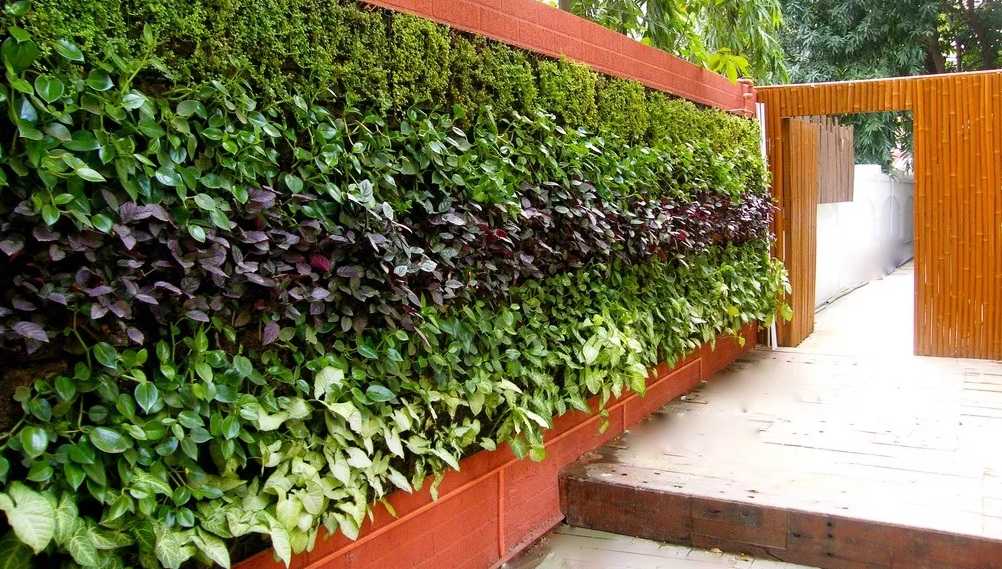
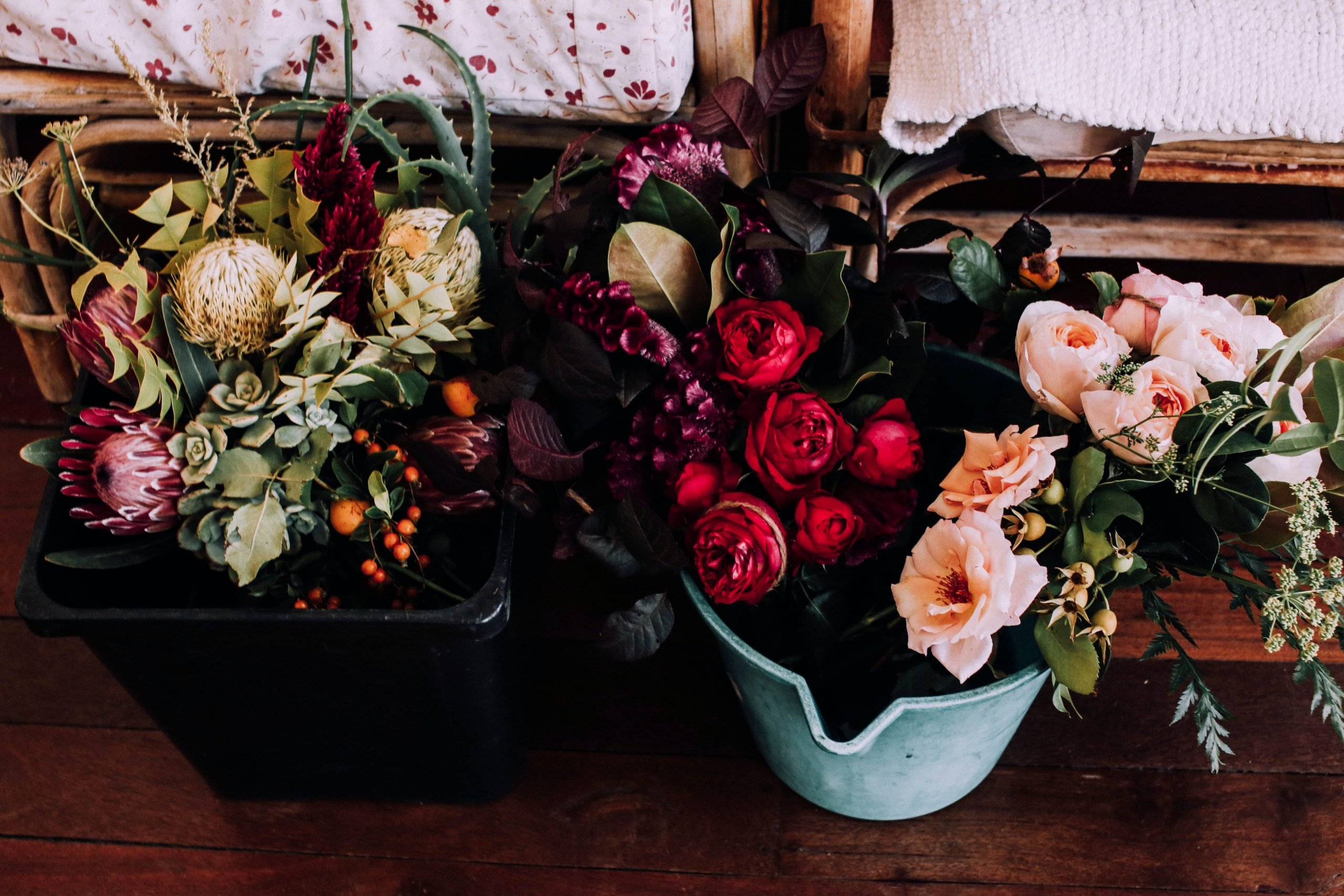
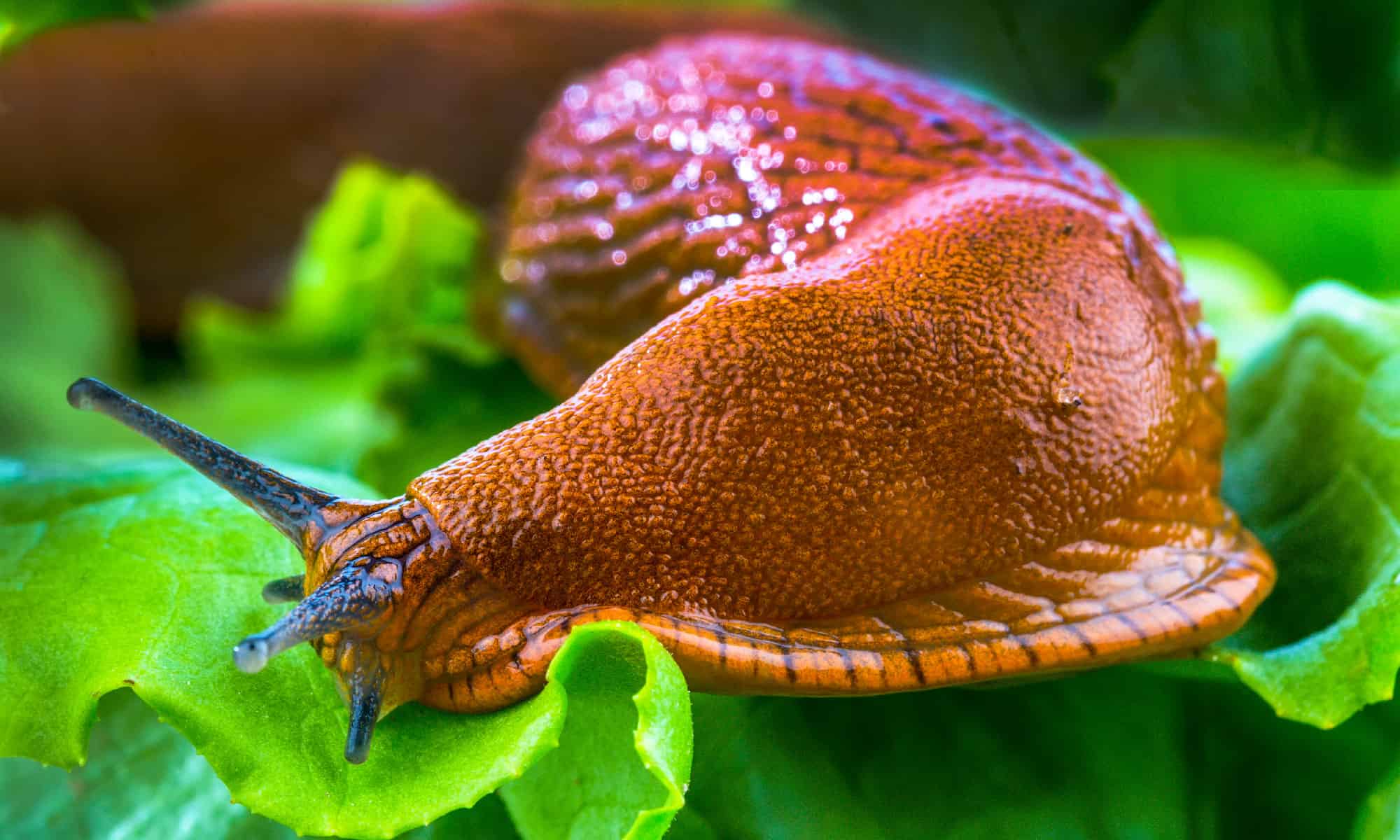

6 Comments